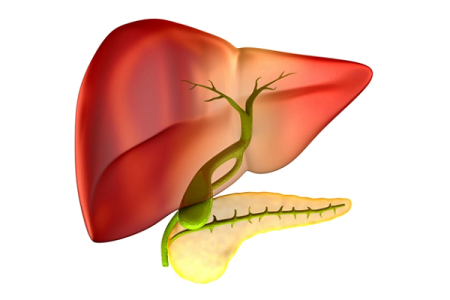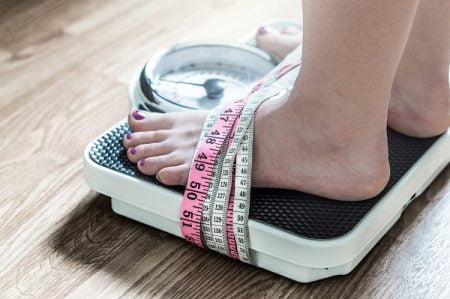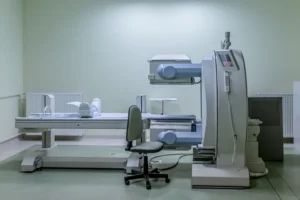What Do Gallstones Look Like in the Toilet
- Updated on: Jan 11, 2025
- 4 min Read
- Published on Mar 28, 2023
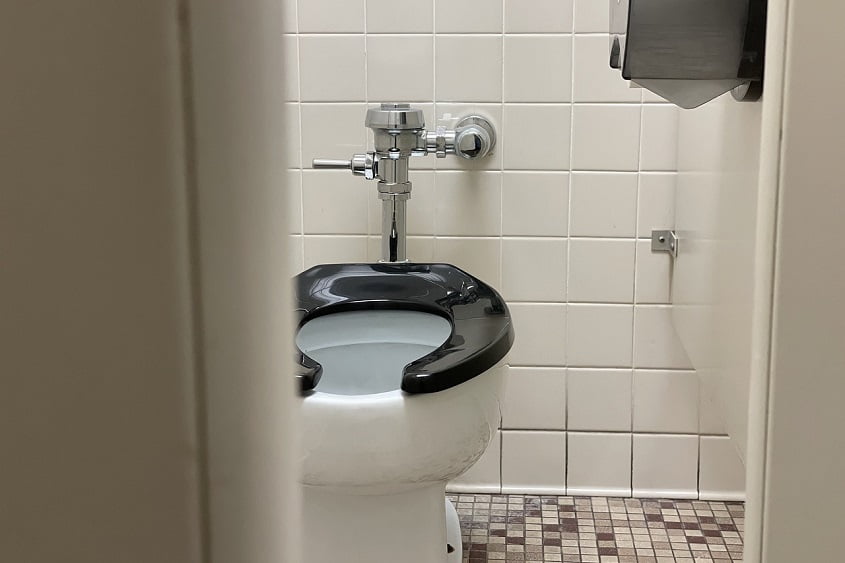
Gallstones are small, solid masses that form in the gallbladder, a small organ located just below the liver. The gallbladder plays an important role in the digestive process by storing bile, a substance produced by the liver that helps break down fats. Gallstones can develop when there is an imbalance in the composition of the bile, resulting in the formation of hardened deposits.
It is important for patients to know what gallstones look like because they can be indicative of underlying health issues that require attention. Gallstones can cause a range of symptoms, including pain in the upper abdomen, nausea, vomiting, and jaundice. In severe cases, they can lead to serious complications such as inflammation of the gallbladder or pancreas, or blockages in the bile ducts.
Understanding the appearance of gallstones can also be helpful in identifying if and when they are passed through the digestive system. If left untreated, gallstones can cause recurrent pain and discomfort, and in some cases, may require surgical intervention.
In addition, knowing how to prevent the formation of gallstones through lifestyle changes such as a healthy diet and regular exercise can help patients maintain their overall health and avoid future health problems.
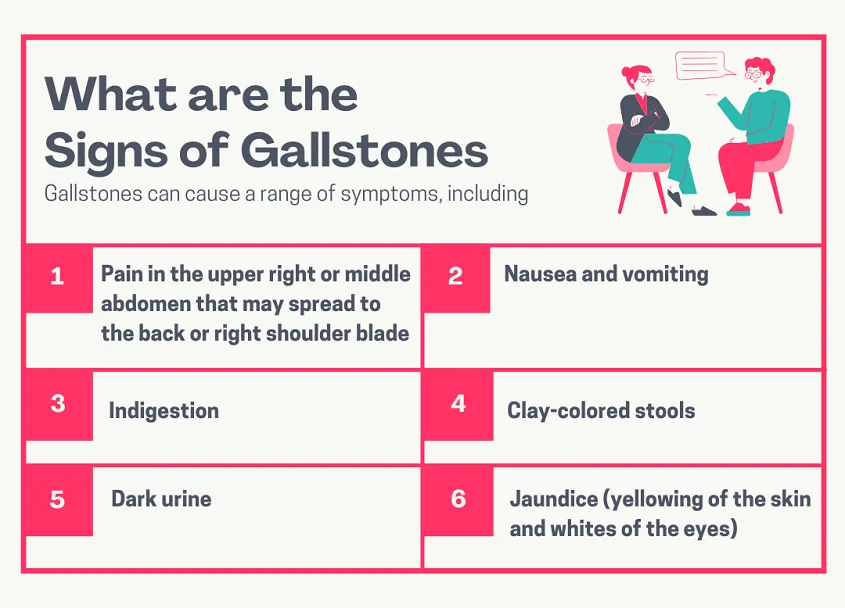
It is important to note that some people with gallstones may not experience any symptoms at all.
If a healthcare provider suspects that a patient may have gallstones, they may use various diagnostic tests to confirm the diagnosis, including:
- Ultrasound: a non-invasive imaging test that uses sound waves to create images of the gallbladder and surrounding organs
- CT scan: a more detailed imaging test that uses X-rays and computer technology to create cross-sectional images of the body
- Endoscopic retrograde cholangiopancreatography (ERCP): a procedure that uses an endoscope (a thin, flexible tube with a camera) to examine the bile ducts and pancreas
- Blood tests: to check for signs of infection, inflammation, or liver or pancreas problems
What do gallstones look like?
Gallstones can vary in appearance depending on their composition, but they generally have the following characteristics:
- Size: Gallstones can range in size from tiny grains of sand to as large as a golf ball.
- Shape: They can be round or irregularly shaped, and may be smooth or have a rough surface.
- Color: Gallstones can be a variety of colors, including green, brown, yellow, or black, depending on their composition.
- Texture: They can be hard and solid, or soft and crumbly, depending on their composition.
The composition of gallstones can vary depending on the types of materials that make them up. The most common types of gallstones are cholesterol stones and pigment stones. Cholesterol stones are typically yellow or green and are made up of hardened cholesterol. Pigment stones are typically brown or black and are made up of bilirubin, a waste product from the breakdown of red blood cells.
It is important to note that not all gallstones are visible to the naked eye. Some gallstones may be too small to be seen without a microscope, while others may not be visible on imaging tests. However, if a patient passes a gallstone, they may be able to identify it based on its color, texture, and shape.
Can you pass gallstones in your stool?
Yes, it is possible for gallstones to pass through the digestive system and be expelled in the stool. This usually occurs when the gallstones are small enough to travel through the bile ducts and pass out of the body with the stool. It is important to note, however, that passing gallstones in the stool is not common and can be a sign of a larger underlying issue.
If you suspect that you have passed a gallstone in your stool, there are a few things to look for:
- Color: Gallstones that have passed through the digestive system are often brown or green, similar to the color of bile.
- Texture: Gallstones may have a smooth or rough texture, depending on their composition.
- Size: Passed gallstones are usually smaller than the size of a pea, but can be larger in some cases.
If you do pass a gallstone in your stool, it is important to bring it to the attention of your healthcare provider, who can examine the stone and determine if further testing or treatment is needed. Passing a gallstone can also be a sign that you have an underlying condition such as gallbladder disease, and prompt medical attention can help prevent future complications.
Overall, while passing gallstones in the stool is not common, it is possible and can be an indicator of a larger underlying issue. By staying vigilant and bringing any concerns to the attention of a healthcare provider, patients can take a proactive approach to their health and well-being.
How are gallstones treated?
Treatment for gallstones may depend on the severity of symptoms and the size and composition of the stones. Some treatment options include:
- Observation: If the patient is not experiencing any symptoms, healthcare providers may choose to monitor the gallstones and avoid treatment unless symptoms develop.
- Medications: Certain medications can help dissolve cholesterol gallstones, but they may take months or years to work.
- Surgery: In cases where gallstones are causing recurrent symptoms, surgical removal of the gallbladder (cholecystectomy) may be necessary. This is typically a safe and effective procedure, and many patients can go home the same day or the following day.
It is important to note that if gallstones are causing severe symptoms or complications, such as inflammation of the gallbladder or pancreas, surgery may be required as an emergency.
Prevention of gallstones
While it is not always possible to prevent gallstones, there are certain lifestyle changes that can reduce the risk of developing them. These include:
- Maintaining a healthy weight: Being overweight or obese can increase the risk of developing gallstones, so maintaining a healthy weight through regular exercise, a healthy diet, and tools like a BMI Calculator is important.
- Eating a healthy diet: Eating a diet high in fiber and low in saturated fat and cholesterol can help reduce the risk of developing gallstones.
- Avoiding rapid weight loss: Rapid weight loss, such as through crash dieting or weight loss surgery, can increase the risk of developing gallstones.
- Staying hydrated: Drinking plenty of water and other fluids can help prevent the buildup of bile and reduce the risk of developing gallstones.
It is also important to avoid certain foods that can increase the risk of developing gallstones, such as high-fat and high-cholesterol foods, and to include foods that may help prevent gallstones, such as fruits, vegetables, whole grains, and lean protein sources.






